Amulet of Odin
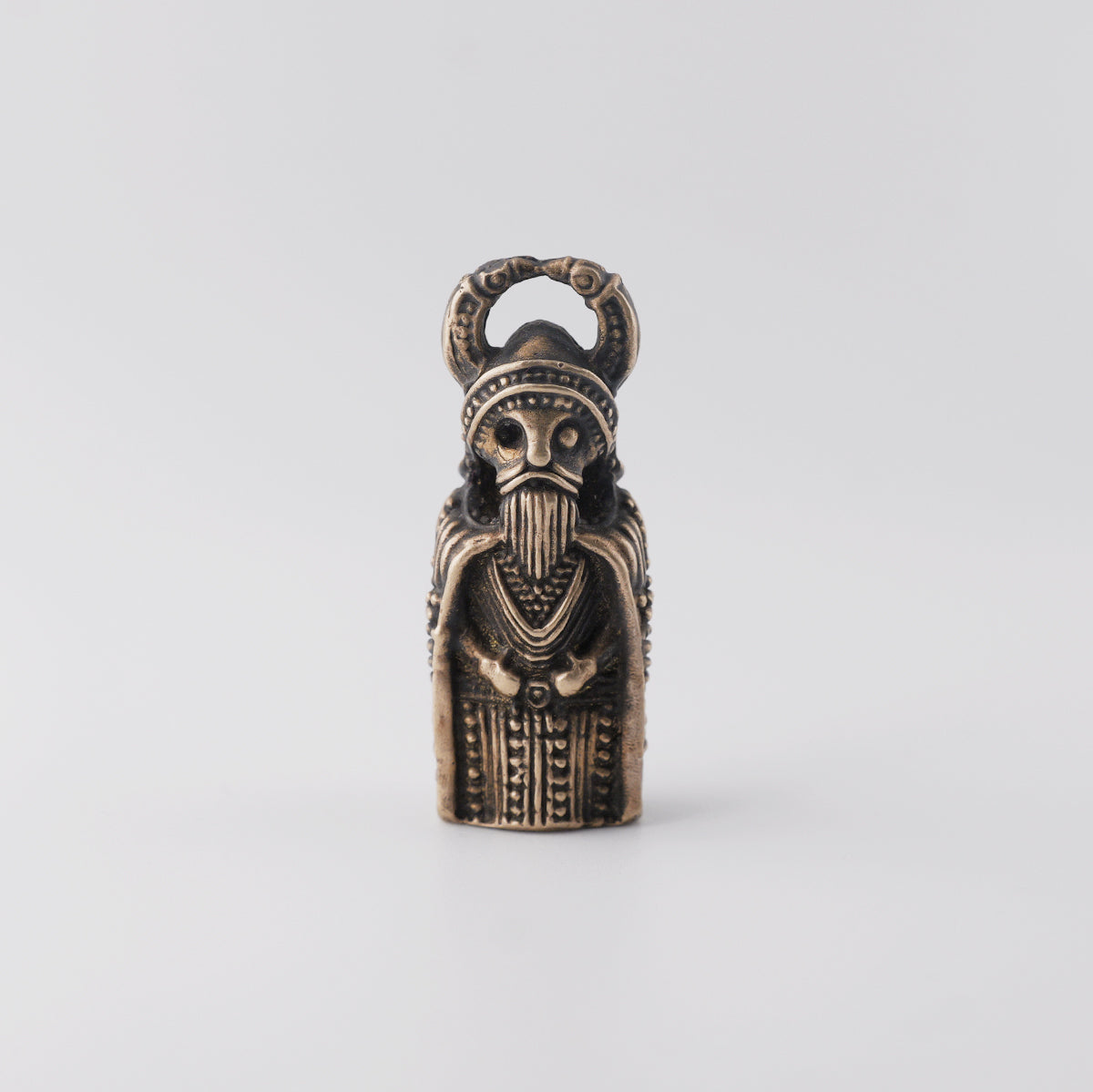





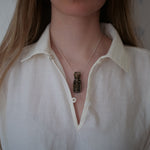



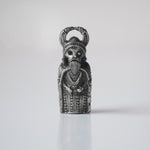
$54.00
$54.00

Worldwide Shipping
● Production time 4-7 business days
● Estimated delivery 2-3 weeks

Product Information
Bronze material (90% copper 10% aluminium)
Silver version is 925 or above
Golden version is unpolished bronze that appears golden
Extremely durable
About 3.5cm tall
Neckhole about 3mm
Comes with a swab for cleaning it
Includes black 2mm linen rope for wearing
The story & symbolism
The Odin Amulet made from bronze can be used as a necklace or altar piece. It can be worn by the horns or by the neck and below I've listed certain aspects of the design:

Head details
The allfather can be seen with his one eye that he sacrificed for knowledge and his two ravens on the head called Huginn and Muninn which resemble thought and memory. Several archaeological finds have been found of figures wearing these kind of head dresses or the ravens coming from their head and this is what the amulet is inspired by.

Neck details
The amulet can be worn also, either by the horns or by the neck. The reference that Odin can be worn by the neck is to pay homage to the tale where he hangs himself from a windy tree for 9 nights in order to learn the runes. Wearing the amulets by the neck is something I've incorporate on all males whereas females are worn by the braid, which is also inspired by an archaeological find of a shieldmaiden.

Body details
He can be seen with his arms on the belly, which is a relaxed state and found on several finds throughout history. It seems to indicate confidence, clarity and a controlled state. I've went with this hand position to indicate that even though he is very anxious of the future - he tries to remain calm and in charge of the situation.

Back details
His robe can be seen as an reinforced kind of armor. This is a reference to the Uppsala temple Odin, where Adam of Bremen writes that Odin was always depicted as wearing armor - as he was the god of war also among other things.
From social media
Amulet of Odin
$54.00
$54.00

Worldwide Shipping
● Production time 4-7 business days
● Estimated delivery 2-3 weeks





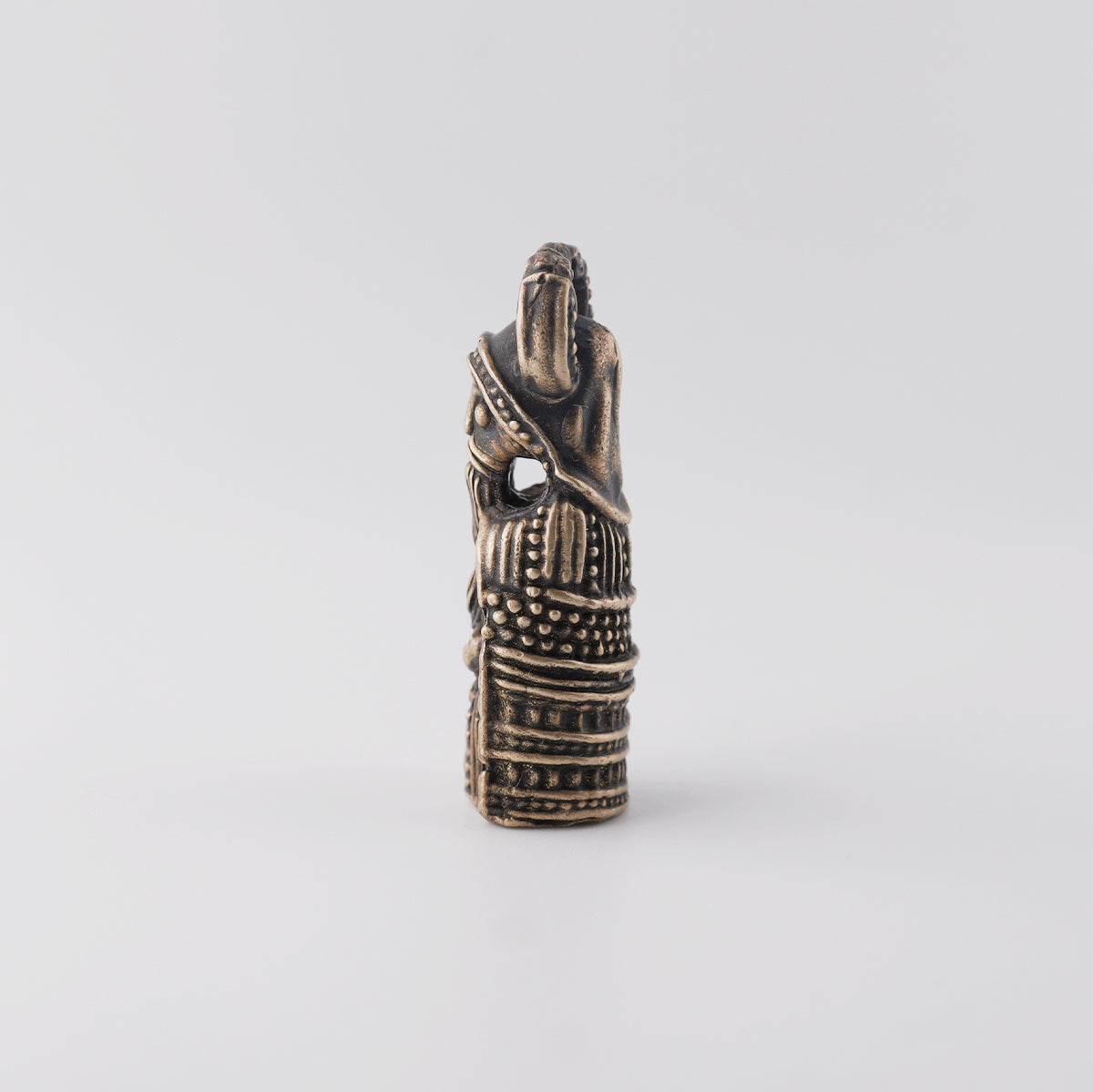






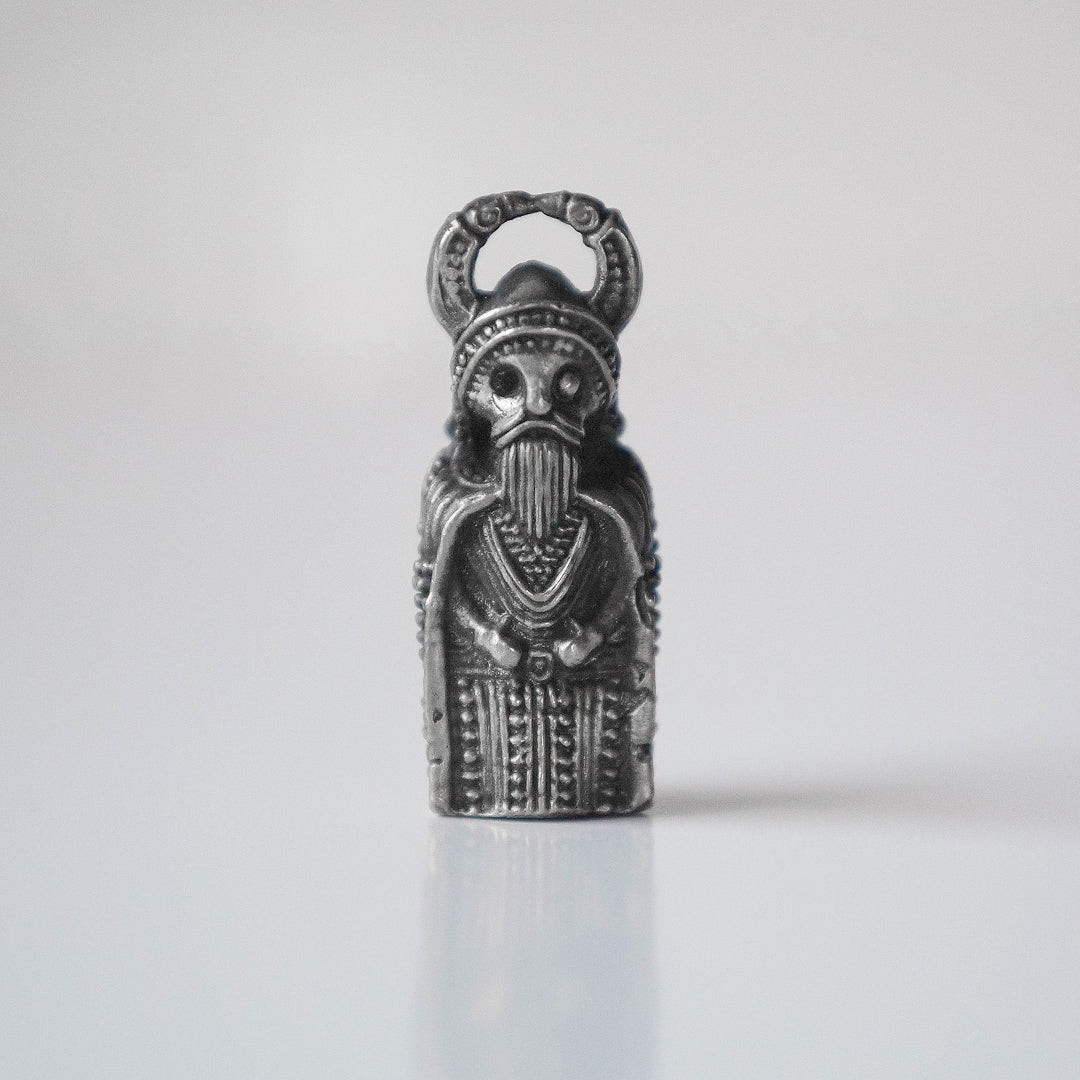

 Upperbody
Upperbody
 Lowebody
Lowebody
 Facebook
Facebook